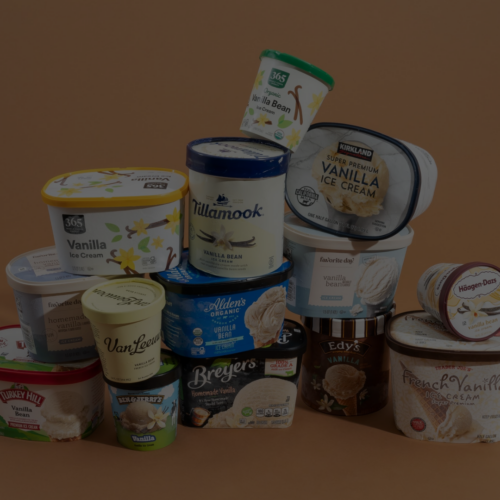30 Jun From Interactive to Social Websites
Two of the most commonly confused concepts in social media are the idea of “social” versus “interactive.” Simply put, interactive means that there is stuff for people to do on your website beyond just reading. There are levels of interactivity, and for today’s post, I’m going to use Kashi’s highly interactive website as an example. Making something social implies that there is a heavy emphasis on the actual sharability ( I think I just made that word up, so don’t forget to give me some backlinks for it) of the content. The two concepts are not interchangeable, and you can have interactivity without the social component.
Enter the Kashi website. Kashi is one of those niche brands that has a solid base of true lovers. If you’ve ever been on a road trip and rescued from fast food damnation by one of their GoLean! Roll Bars, then you understand what I mean.
Their website, aside from being informative, also doubles as an interactive community. You sign up, sign in, and you have access to coupons, tips, recipes, and blog posts about wellness and healthy living. You can comment, participate in health challenges, and leave mini-status updates about your daily accomplishments.
I love this idea: the site is cleanly designed, easy to navigate, and is full of content that is pertinent to their target demographic. What I want for Kashi, though, is to make their brand more social. There are a couple of easy ways they can do this, just by expanding on what they’ve already begun.
If I were Kashi, I would establish a Twitter presence just to witness all of the love. My Twitter search turned up tweet after tweet of praise for Kashi’s products and philosophy, so just imagine if a corporate Twitter account existed where they could direct all of these good vibes. Twitter would also give Kashi a direct channel for communicating, say, a product recall to people who are clearly consuming their products on a daily basis.
Kashi’s Facebook account appears to be driven by someone who is affiliated with the company, however, because I couldn’t find any reference to it on their website, I wasn’t sure. This is one of the most easily fixed issues that I have with companies branching out into social media: if you’re establishing a presence somewhere online, please, oh pretty please, put a link to it on your homepage. It’s such a simple move, and saves your customers the confusion of trying to figure it out. I don’t want to follow Kashi on Facebook if it was created by some guy trying to sell his Acai weightloss pills.
Integration
The next step is to integrate these elements. At the very least, put a link to your Twitter profile on your homepage. At best, drop your feed directly onto your landing page so that people can browse your tweets without having to leave your site, meaning more time on site for you.
Use Facebook Connect so that when people enter their daily accomplishments, they automatically update their status as well. And Twitter, too, while we’re at it. On the current Kashi site, the only way to share content is to email it, but by adding the ability to share on Facebook or Twitter, you are allowing your interactive members to become ambassadors of your brand in the social sphere without doing any additional work.
Kashi’s little polls would make excellent Facebook discussion board topics, and they just need a little “Tweet This” button under their daily tips to exponentially increase their reach. What is so great about a website like Kashi’s is that they have already laid the groundwork for social media. Now all they need is the genius little bit of strategy, and they’ll be the 7-Grain darlings of the social world.






